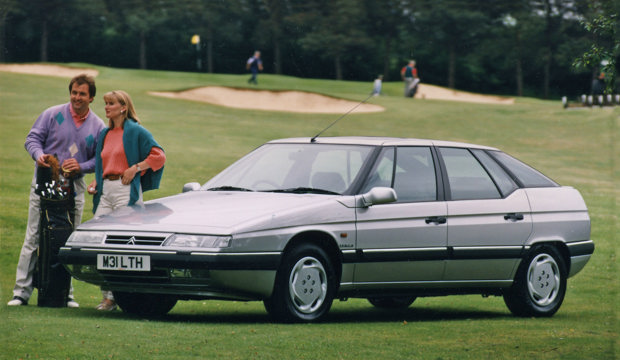Ask Honest John Question of the Week: Are modern cars less aerodynamic?

Dear HonestJohn,
"Not so long ago manufacturers use to quote drag coefficients to demonstrate how aerodynamic their cars were. A good example was the Citroen XM, where the front end came down below my knees. Now the the front end of the majority of cars is blunt and looks anything but aerodynamic, yet the manufacturers claim fuel efficiency, was the drag coefficient all a con?"
- PL
Dear PL,
Aerodynamics continue to play a significant role in the performance of modern vehicles, but as times have changed there is an increasing focus on emissions and fuel consumption, so manufacturers have tended to communicate more on efficiency as a means of expressing the credentials of their vehicles.
However, aerodynamics are still a key part of the drive for efficiency. With electric vehicles reducing the need for cooling vents at the front of the vehicle and range being a crucial factor for many buyers, arguably aerodynamics have taken on even greater importance.
As an example, cars such as the Mercedes EQS, Tesla Model S and Porsche Taycan all have a drag co-efficient of 0.22 or less, which is even more impressive when you consider that modern cars tend to be larger than their predecessors and have to comply with more strict pedestrian impact regulations. This compares to a Cd figure of 0.28 for the 1989 Citroen XM.
Another vehicle of note in this respect is the Vauxhall Calibra, also introduced in 1989, which had a claimed Cd of 0.26, which at the time made it the most aerodynamic production car in the world. However, it is important to note this only applied to the 8v model which had skinnier wheels and narrower openings at the front. The more popular 16v version had a Cd of 0.29, the same as the Vauxhall Cavalier on which it was based.
What has happened to streamlined car designs?


